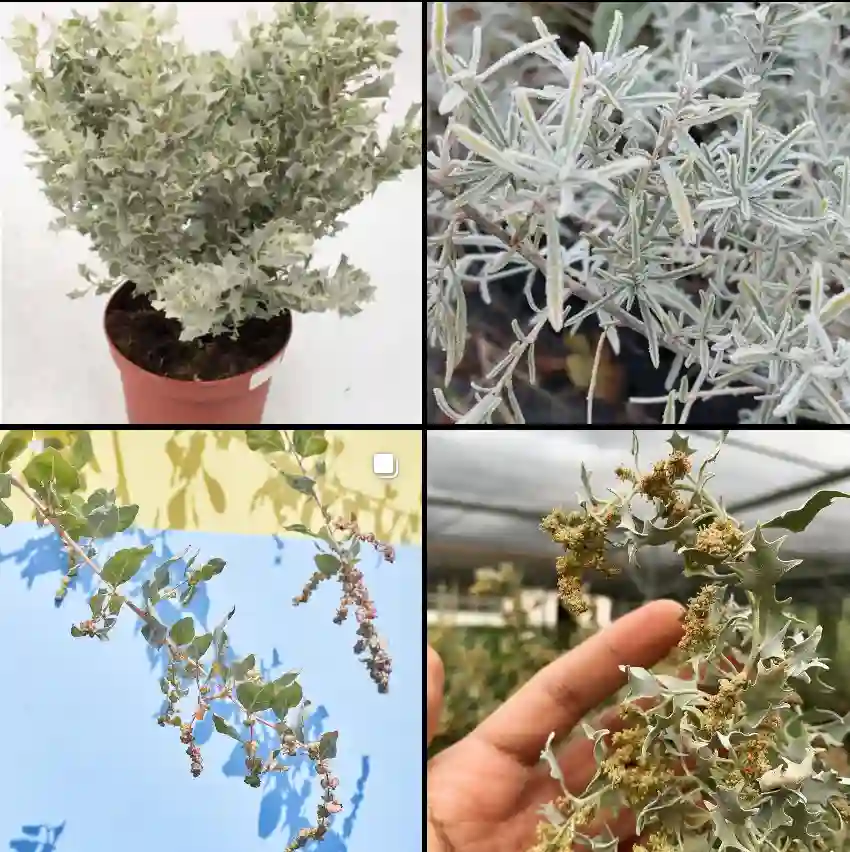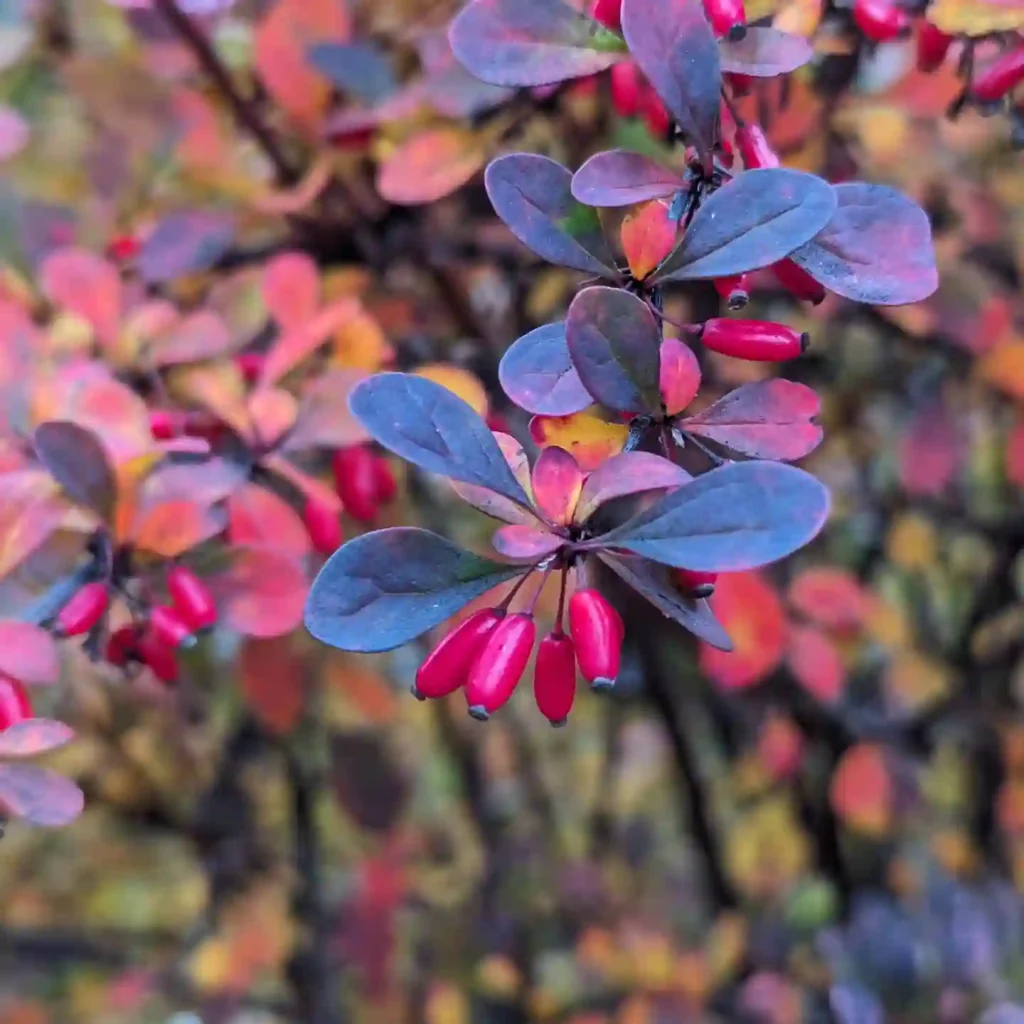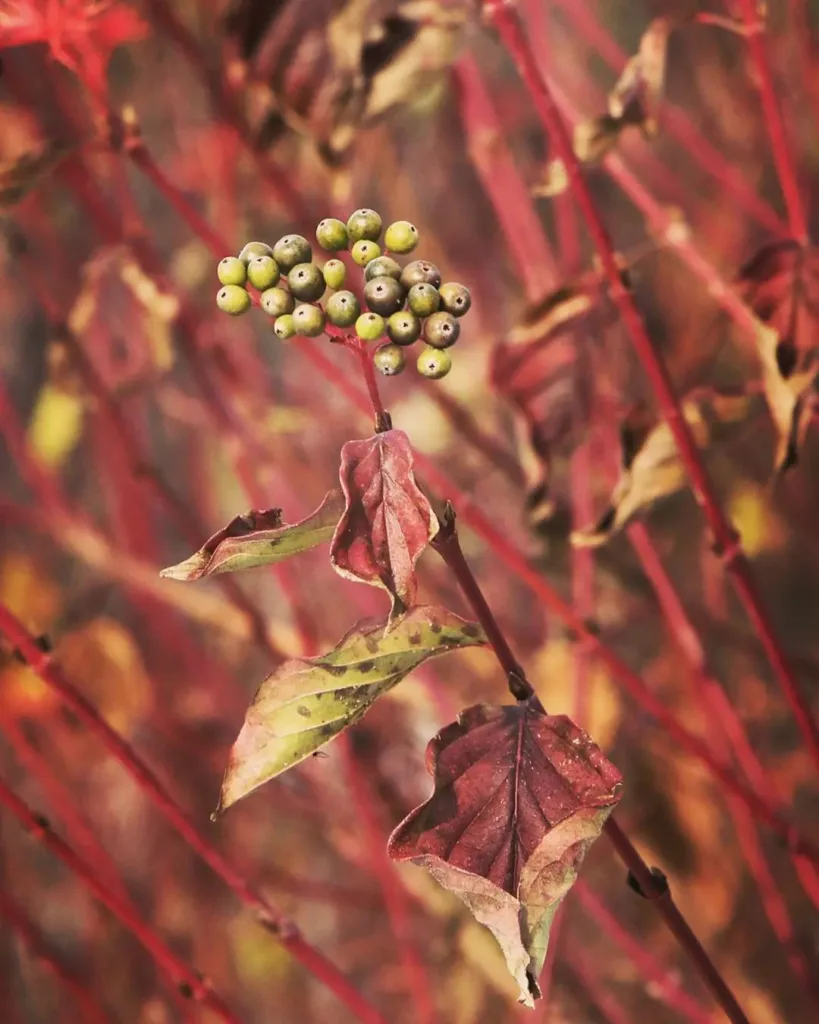My Fascination with the Hardy Zygophyllaceae
As a botanist, I’ve always been drawn to plants that thrive in harsh environments. There’s something admirable about their resilience, their ability to flourish where others would wither. One such group of plants that has captured my attention is the Zygophyllaceae family. These plants, often found in arid and semi-arid regions, are masters of survival, equipped with a range of adaptations that allow them to withstand drought, heat, and poor soils.
Zygophyllaceae: A Family of Survivors
The Zygophyllaceae family, also known as the caltrop family, is a group of flowering plants that comprises around 285 species across 22 genera. These plants are distributed across the globe, but they are particularly abundant in arid and semi-arid regions of Australia, Africa, and South America.
Zygophyllaceae plants are known for their distinctive opposite leaves, which are often compound or deeply lobed. Many species also have spiny or thorny stems, a feature that helps to deter herbivores. But perhaps the most remarkable characteristic of these plants is their ability to tolerate extreme conditions.
Masters of Adaptation
Zygophyllaceae plants have evolved a range of adaptations that allow them to thrive in harsh environments. One such adaptation is their deep root systems, which enable them to access water deep within the soil. Many species also have succulent leaves or stems, which store water for times of drought.
Another key adaptation is their ability to reduce water loss through transpiration. Many Zygophyllaceae plants have small leaves or even shed their leaves entirely during dry periods. Some species also have a waxy coating on their leaves, which helps to prevent water loss.
Genera of the Zygophyllaceae
The Zygophyllaceae family is a diverse group, encompassing a range of genera with unique characteristics:
- Zygophyllum: This genus, which gives the family its name, includes around 100 species of shrubs and herbs. Zygophyllum plants are found in arid regions across the globe, and they are known for their fleshy leaves and often spiny stems.
- Tribulus: This genus includes around 25 species of prostrate herbs, many of which are considered weeds. Tribulus plants are known for their spiny fruits, which can be a nuisance to humans and animals. – 30 Species in Genus Tribulus
- Larrea: This genus includes around five species of evergreen shrubs, which are found in arid regions of North and South America. Larrea plants are known for their resinous leaves, which have a strong odor. – 5 Species in Genus Larrea
- Guaiacum: This genus includes around eight species of trees and shrubs, which are found in tropical and subtropical regions of the Americas. Guaiacum plants are known for their hard, heavy wood, which is used for a variety of purposes.
- Balanites Delile
- Bulnesia Gay
- Kallstroemia Scop.
- Kelleronia Schinz
- Melocarpum (Engl.) Beier & Thulin
- Metharme Phil. ex Engl.
- Miltianthus Bunge
- Morkillia Rose & J.H.Painter
- Neoluederitzia Schinz
- Pintoa Gay
- Plectrocarpa Gillies ex Hook. & Arn.
- Porlieria Ruiz & Pav.
- Roepera A.Juss.
- Seetzenia R.Br.
- Sericodes A.Gray
- Sisyndite E.Mey. ex Sond.
- Tribulopis R.Br.
- Viscainoa Greene
Ecological Importance
Zygophyllaceae plants play an important role in the ecosystems where they are found. They provide food and shelter for a range of animals, including insects, birds, and mammals. Their deep root systems help to stabilize soils and prevent erosion. In arid regions, Zygophyllaceae plants can be a vital source of water for wildlife.
Economic and Medicinal Uses
Zygophyllaceae plants also have a range of economic and medicinal uses. Some species are used for timber, fuel, or fodder. Others are used in traditional medicine to treat a variety of ailments. For example, the resin of Guaiacum trees is used to treat arthritis and other inflammatory conditions.
Conclusion
The Zygophyllaceae family is a fascinating group of plants that have adapted to thrive in some of the harshest environments on Earth. Their resilience and resourcefulness are a testament to the power of evolution. As a botanist, I am continually amazed by the diversity and ingenuity of the plant kingdom, and the Zygophyllaceae family is a prime example of this.
If i die, water my plants!



